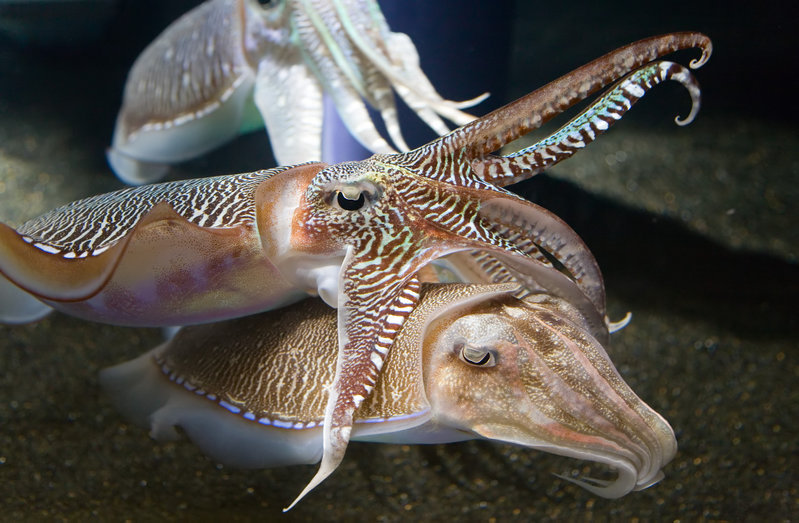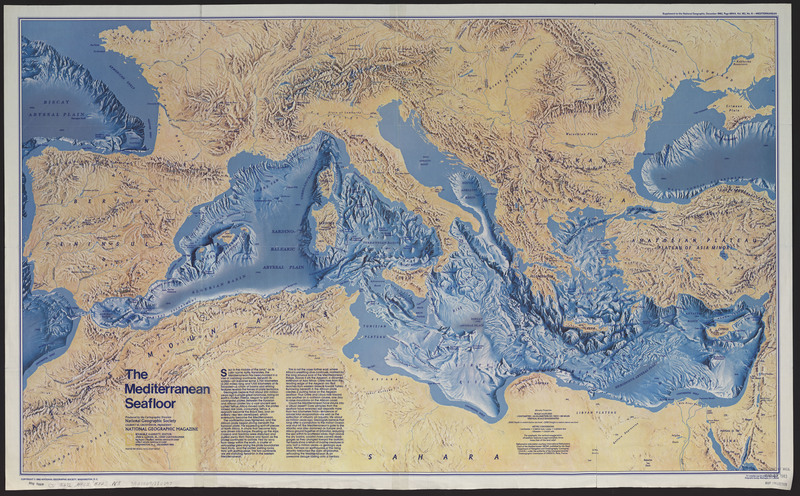Brown Colorants
Umber & Burnt Umber
Umber was important pigment used in European painting around the end of the 15th century. Umber contains manganese, which makes it darker than the browns produced by the ochres available at that time. "Some writers have assumed the name to be geographical derivation, like sienna, from Umbria in Italy. But 'umber' seems more likely to stem from the Latom ombra, or shadow and was imported mostly from Turkey rather than Italy" (Ball, 135). Though umber and burnt umber can be found in the oil paint section of any art store today, it is rare that the colors in those tubes are true umber. Most of the umbers available today are synthetic substitutes.
Ball, P., (2002), Bright Earth: Art and the Invention of Color, p. 135, New York: FarrSepia
Cuttlefish belong to the cephalopod family, the same as squids. Like squids, cuttlefish can secrete a brown colorant when they are frightened, and it is this colorant that is known as sepia. The grey brown pigment, extracted from the cuttlefish, produced such a color that it could be easily counterfeited with the use of chimney soot. They are native to the Mediterranean sea and the countries bordering the sea have long made brown writing ink from their secretions.

Purple Colorants

Black Colorants


